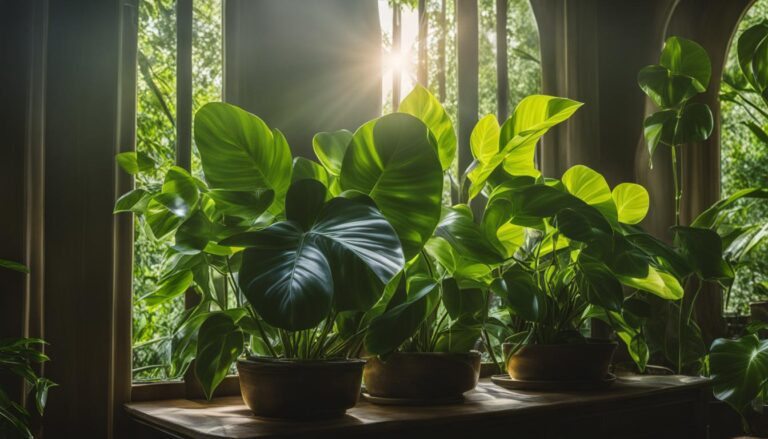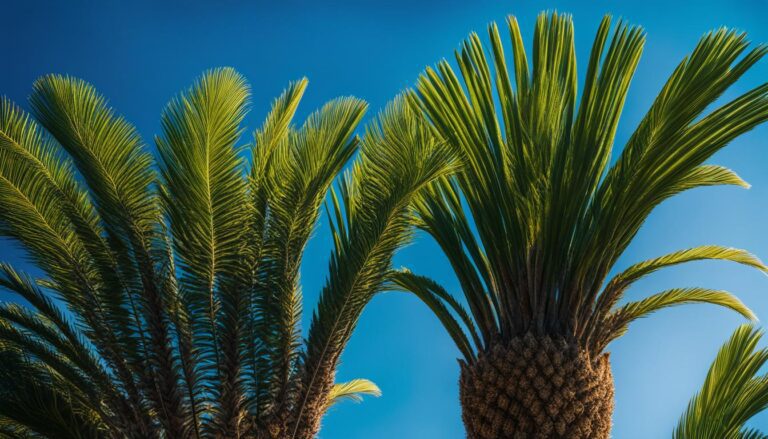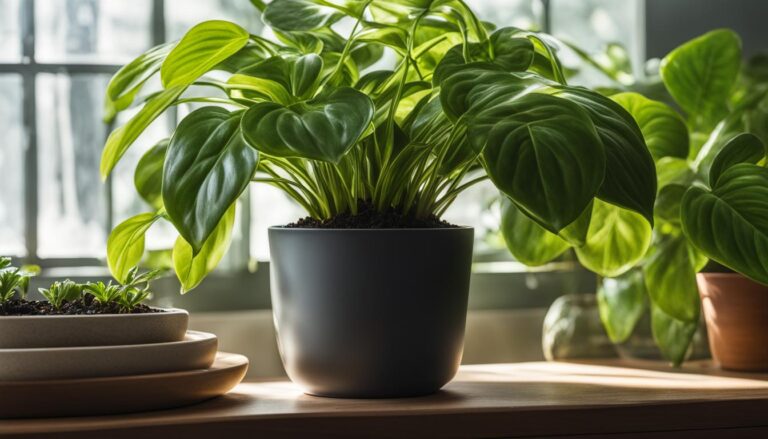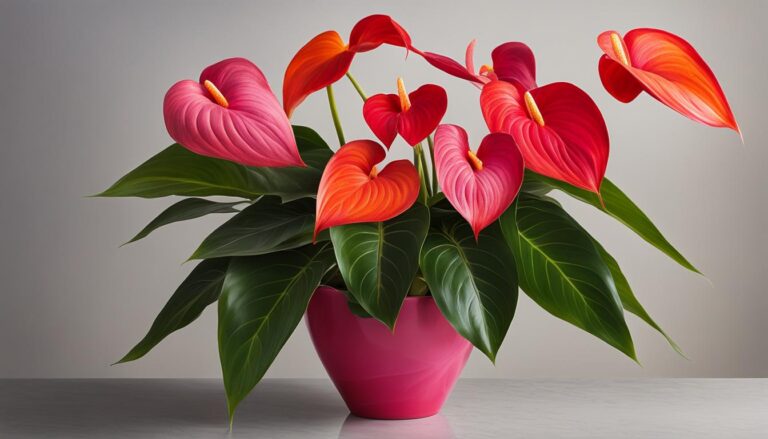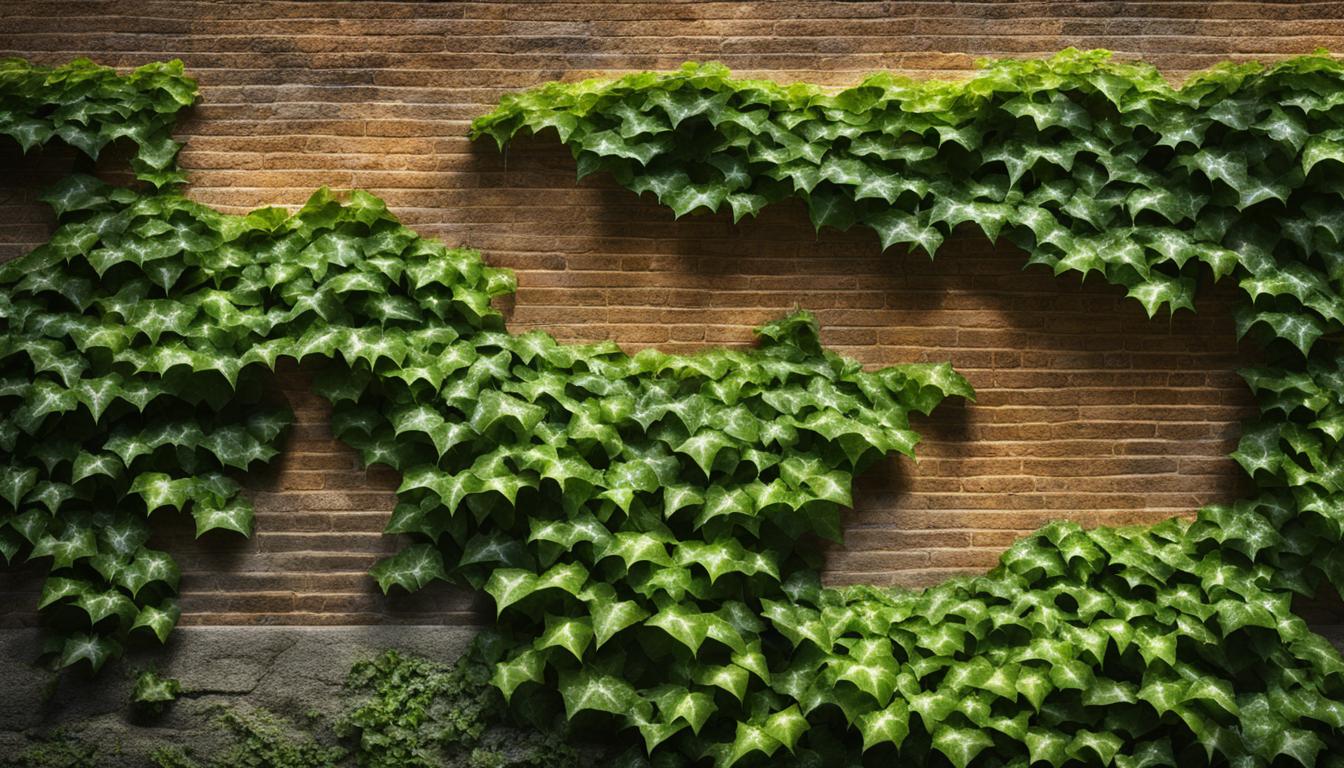
English Ivy, scientifically known as Hedera helix, is an evergreen perennial that can add both charm and versatility to your garden.
This remarkable plant acts as both a ground cover and a climber, thanks to its unique aerial rootlets that allow it to reach astonishing heights of up to 80 feet. Its lush evergreen foliage is what primarily attracts gardeners, making it a popular choice as a foliage plant.
However, it is important to be aware of its invasive nature and potential toxicity. English Ivy has gained a reputation for being invasive in many areas, so caution should be exercised when introducing it to your garden. Additionally, it contains substances that can be toxic to humans and animals when consumed.
| Care Tips for Indoor Hedera helix | Special Properties | Toxicity |
|---|---|---|
| Prefers moist, shady locations and avoids direct sunlight. | Ivy is valued for attracting wildlife and has insulating as well as weather protection benefits when used on building facades. | Ivy berries are somewhat poisonous to humans and can cause severe contact dermatitis in some people. |
| Thrives in a wide range of soil pH, with 6.5 being ideal. | The plant has cultural significance and symbolism. | The plant is mildly poisonous to animals like rabbits and can lead to anemia. |
| Climbs by means of aerial rootlets with matted pads which cling strongly to the substrate. | Ivy extracts are part of current cough medicines and have been used historically for medicinal purposes. | The leaves contain allergens that may also react with those sensitive to carrots and other members of the Apiaceae family. |
| Requires careful planning and placement due to its fast-growing, self-clinging nature. | Can be used for weed suppression in plantings and beautifying unsightly facades. | |
| Should be planted where it can climb on surfaces like walls or tree trunks for optimal growth. | Over 30 cultivars have been selected for various traits such as leaf color and growth habit. |
Note that while the plant has beneficial properties and uses, it is important to handle it with care due to its toxic nature to humans and animals. Always wear gloves when handling the plant to prevent skin irritation.
The Invasive Nature of English Ivy
English ivy (Hedera helix) may be a popular choice for ground cover or decorative purposes, but it comes with a significant downside – its invasive nature.
This aggressive plant is considered an invasive species in many areas, posing a threat to the local ecosystem. Before considering English ivy for your garden, it is crucial to understand the potential negative impacts it can have.
One of the major concerns with English ivy is its ability to spread rapidly and smother other vegetation. It can climb and coil around trees, depriving them of sunlight and nutrients.
This can weaken the trees and make them more susceptible to diseases and pests. The dense growth of English ivy can also cover the bark of trees, leading to moisture retention and potential decay.
In addition to trees, English ivy can also cause damage to brickwork and other structures. Its aerial rootlets can penetrate mortar joints and cracks in walls, leading to potential structural issues.
The removal of English ivy from brick walls can be challenging and may require professional assistance to avoid further damage.
Due to these detrimental effects, English ivy has been banned in certain areas where it poses a significant threat. This serves as a precautionary measure to protect the local environment and preserve native plant species.
It is essential to research and consult with local authorities or extension offices to determine if English ivy is considered invasive in your region.
FAQ
Is English ivy toxic to humans and animals?
Yes, English ivy is considered toxic to both humans and animals.
What are the lighting requirements for English ivy?
English ivy thrives in bright, indirect light indoors and partial shade to full shade outdoors.
How often should I water English ivy?
It is important to allow the soil to dry out slightly before watering, as English ivy prefers to be kept slightly on the dry side.
What type of soil does English ivy prefer?
English ivy prefers fertile and moist soil with a neutral to slightly alkaline pH.
What temperatures are ideal for growing English ivy?
English ivy is best grown in temperatures between 70 and 90 degrees Fahrenheit.
How often should I fertilize English ivy?
Fertilize English ivy with a balanced fertilizer every two weeks during the spring and summer.
Does English ivy have any uses and benefits?
Yes, English ivy is known to be an effective air purifying plant, a great ground cover, and can be used for erosion control. It is also grown for its aesthetic purposes.
Is English ivy considered an invasive species?
Yes, English ivy is considered invasive in many areas and can cause damage to trees and brickwork.
Should I consult with local extension offices before planting English ivy?
Yes, it is important to consult with local extension offices to ensure it is not considered an invasive species in your area and to take necessary measures to prevent its spread.


